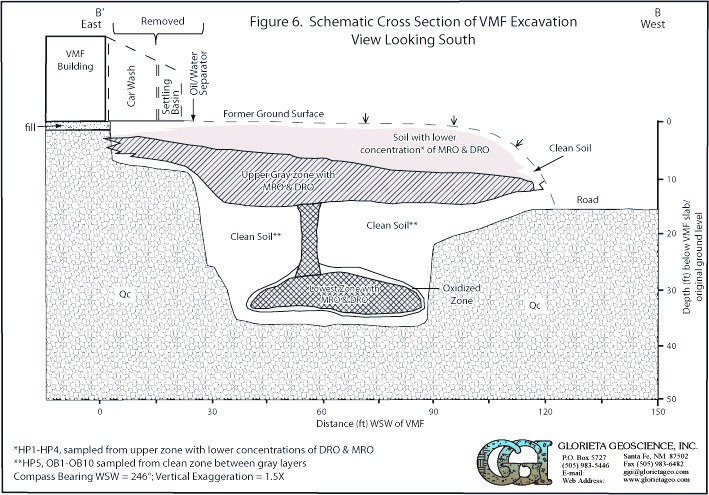Phase I Environmental Site Assessment & Due Diligence
GGI has provided Phase I Environmental Site Assessments (ESA) for numerous clients with a diverse type of due diligence requirements. In the past ten years, GGI has conducted Phase I ESAs on residential, commercial, ranch, Native reservation, and recreational sites ranging from <1 acre to >35,000 acres in urban, developed and undeveloped settings. GGI’s reports for the Taos Ski Valley and Red River Ski Area have been used by the US Forest Service as a template for environmental site reports and assessments of Special Use Permit Areas.
GGI staff continually update methods to ensure that investigations are always conducted in accordance with current ASTM and regulatory standards for site investigation protocols, sampling and analysis standards, report formats, and compliance requirements. For Phase I ESAs, GGI technical staff conduct document, file, and record reviews, conduct site visits and interviews, and prepare reports in accordance with the ASTM standard E1527-13 and 40 CFR Part 312.
Key components of a Phase I or All Appropriate Inquiries (AAI) investigations are as follows:
Visual inspections of the facility and of adjoining properties
Interviews with present and past owners, operators, and occupants
Reviews of historical sources of information
Reviews of federal, state, tribal, and local government records
Reviews of activity and use limitations
Report preparation including conclusions and recommendations
Selected Project:
Voluntary Remediation Program (VRP): Vehicle Maintenance Facility (VMF), Taos Ski Valley (TSV), New Mexico
The former oil-water separator (OWS) and leach field for the floor drain system located adjacent to the VMF building associated with the Taos Ski Valley were the source of hydrocarbon contamination of subsurface soils. Analytical results from samples collected in test pits confirmed the existence a recognized environmental condition (REC) as defined in ASTM Standard E 1527-13. Based on these findings, GGI and TSV Inc. entered into an agreement with the VRP to determine the extent of vadose zone and groundwater contamination and remediate via soil excavation and removal to a permitted location under an approved work plan and SAP. GGI designed and oversaw the complex >40-foot deep excavation project immediately adjacent to the operational VMF. In addition, GGI developed a plan to manage all fluids from the VMF until a replacement system is installed. The VMF remained in compliance under this plan ensuring the protection of soil and water resources, and a Certificate of Completion was issued for the site by NMED.
Details of Work Performed:
Investigation of the vadose zone was accomplished by simultaneous over-excavation of the contaminated area and sampling of excavation margins. Through removal of approximately 7,000 cubic yards of material (Figure 7), the vertical and horizontal extent of contamination was completely remediated to meet risk-based cleanup levels. The excavation was conducted in accordance with a HASP prepared by GGI. Temporary groundwater monitoring wells were installed and sampled to determine if groundwater was affected. All water samples yielded results below detection limits for all constituents of concern.
“In the past ten years, GGI has conducted Phase I ESAs on residential, commercial, ranch, Native reservation, and recreational sites in urban, developed and undeveloped settings.”

